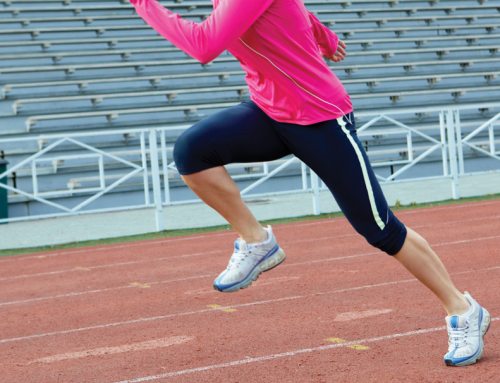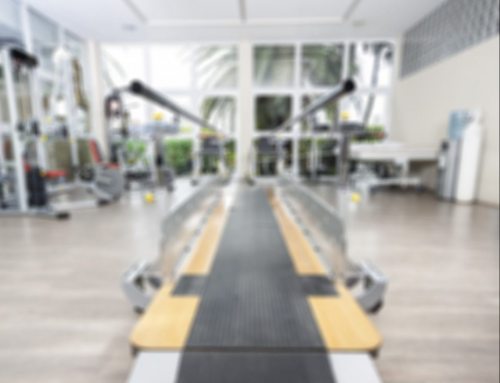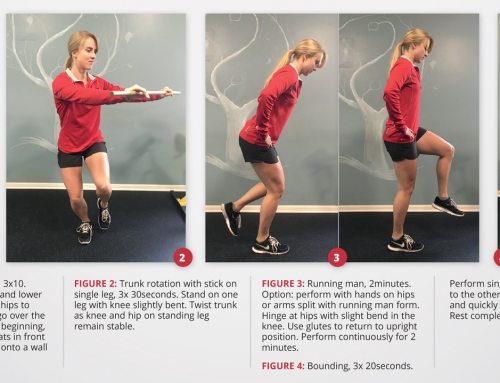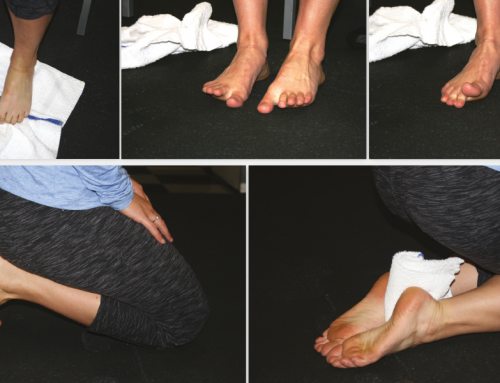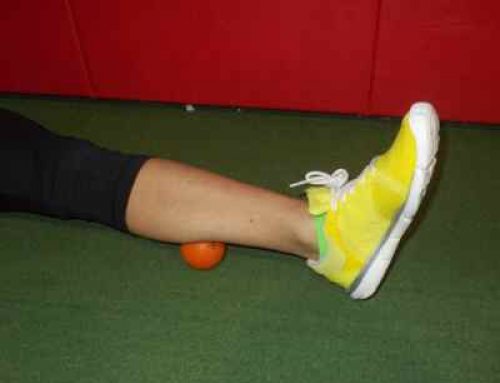By Brian Beatty
Mud: a slimy sticky mixture of solid material with a liquid and especially water; especially: soft wet earth
“Slip slidin’ away, you know the nearer your destination, the more you’re slip slidin’ away”….Paul Simon
Slipping and sliding can be a fun part of a mud event’s appeal, but it also creates challenges to balance, efficiency of movement and simply staying upright. As long as nothing gets strained, slopping around can remain fun. The purpose of this article is to help keep it that way.
As a general rule in athletics, momentum is our friend and utilizing it well improves the efficiency of movement. But momentum still must adhere to the rules of balance. Balance is defined as keeping your body over your base of support. This can be challenging enough when our base of support, i.e. foot on the ground is stable. When the momentum of the body creates the slip slidin’ of the foot, all bets are off.
Slips rarely occur when you are straight over your foot, but rather in the act of bringing you weight smoothly and cleanly onto the foot or when changing directions. To develop the control of the body so that we bring our weight smoothly over our foot, we need internal control and not solely rely on momentum to shift our weight.
Practicing the concept of reversible movement can be a good way to build the skill of stable feet during weight transferring activities. A little time with a few simple drills can make a big difference. Start the drill by standing on a smooth surface like a hardwood floor while wearing slick socks. Shift your weight to one leg enough that you can slide the other foot forward and back while keeping all of the foot in contact with the floor and a little bit of weight in the sliding foot. Once you have found the weight distribution to do this smoothly, refine the motion so that at any point in the movement of the foot slide you could reverse the direction of the sliding foot. Practice on both sides changing the movement from forward to back at many different points.
Once you feel comfortable with the slide, advance it to a slide walk. Slide one foot forward, then slowly and smoothly shift your weight to the front leg, then slide the other leg forward. Practice integrating the reversibility of motion into your weight shift as well as the sliding of the leg.
A more advanced version of these movement concepts incorporating strengthening and the multiple planes of movement for athletics is demonstrated in this month’s Core Corner, the sliding fencing lunge. Enjoy your slip slidin’ while staying upright.
# # #
Brian Beatty, physical therapist & Feldenkrais practitioner, spends most of his day with Proaxis Therapy in Carrboro, but regularly finds his wild grinning endorphin fix enjoying the momentum, balancing & slip slidin’ through the local trail networks.


